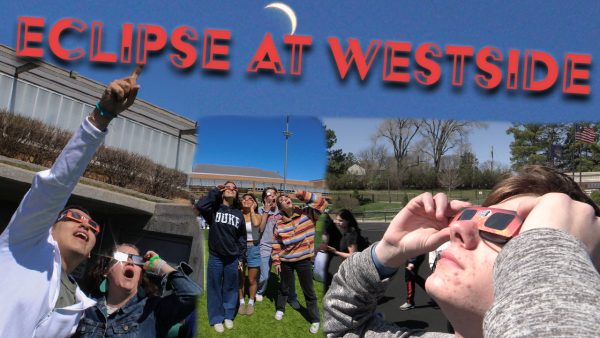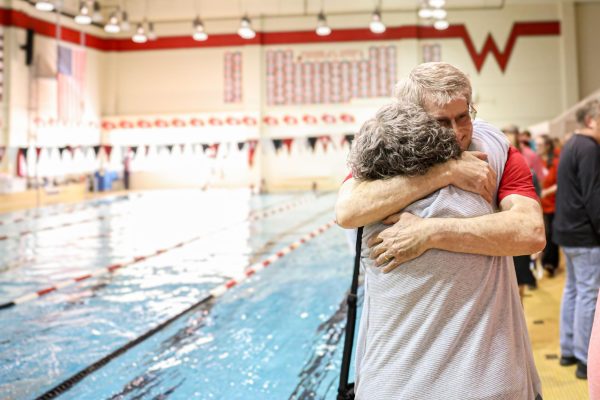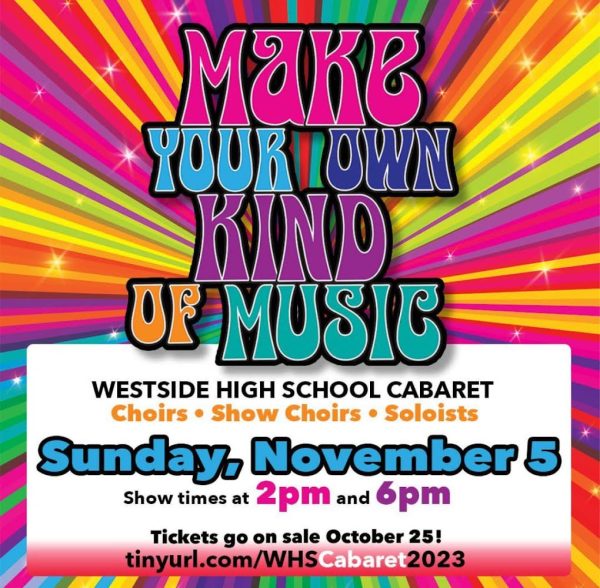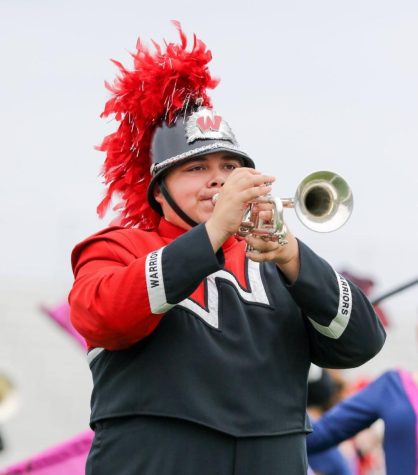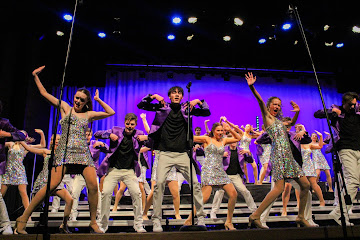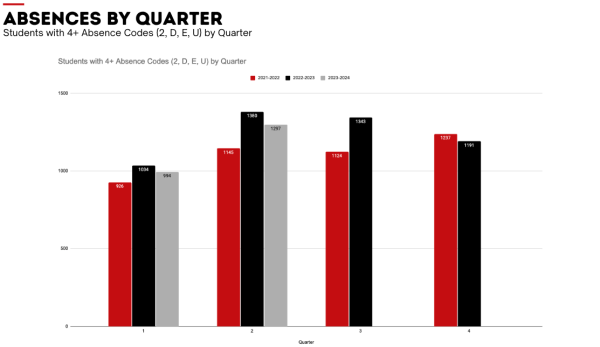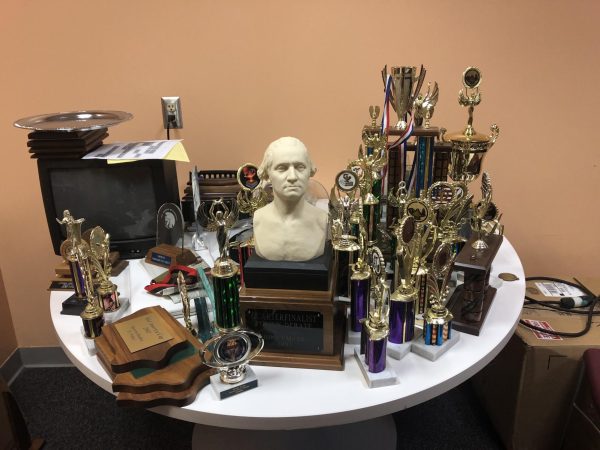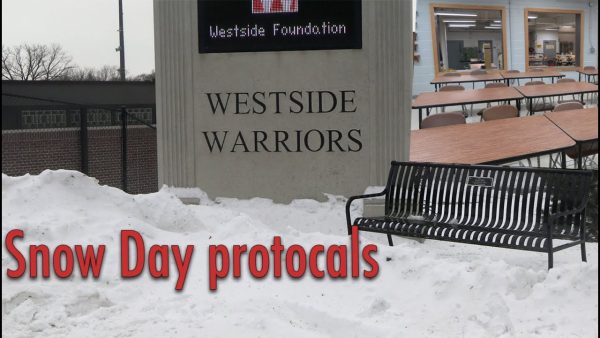District Technology Team Introduces New Proposal
Westside’s district technology department is in the process of preparing a proposal to be given to the school board on Monday, Jan. 20. Instead of the current middle and high school student devices, which are MacBook Airs with 128-gigabyte storage space, they will propose that all Westside students would get an iPad Air 3 in a case along with a Logitech Crayon stylus. If this proposal is approved, these changes would come into effect starting the 2020-21 school year. District Coordinator of Technology Integration and Digital Content Matthew Lee explained how the switch would ultimately benefit students.
“One of the pieces of feedback that we heard [from students] is that the 128-gig drives on the student machines were small,” Lee said. “[The iPads] would get double the storage space and twice the processing power.”
Westside’s Technology department purchases their devices on a four-year lease payment system, and according to the Director of Technology Paul Lindgren, the proposal would be no different; with the financial costs also resembling previous leases.
“[The proposal is] about [a] 1.1 to 1.2 million a year payment on the lease and that’s really what it’s been for a long time,” said Lindgren. “This last [lease] got down to a million just because of some of the budget cuts. It’s pretty much the same [price]. [The district is] kind of limited in the devices that are available to us because, if we wanted laptops with modern processors that weren’t basically the same as [the current laptops], it would be very difficult to do that financially.”
The current technology cooperative loss program allows students to only be financially responsible for 30% of possible damage to a device. Lindgren said he believes the same program and percentage would be in place for this proposal.
Concerns arose among students and staff when the proposal was first heard of. These concerns include the fact that there are a number of courses that are structured around computer-based programs such as computer science and some art classes. Lee said that there are different apps available on iPads that can be used for these courses.
“As far as getting students introduced into coding and programming, Swift Playgrounds is an app that our high school and middle school hasn’t been able to utilize because it’s iPad only,” Lee said. “There’s a lot of really advanced coding curriculum and coding capabilities in [the application]. The arts is where we see the iPad really excelling. Photoshop is available, we’ll have some other photoshop alternatives on it. The drawing apps are out of the world that we can push out. [Students will] be able to create and do professional level drawing and painting on the iPad that they haven’t been able to do on their Mac before.”
According to Lindgren, computer science students currently use Xcode which is a software that allows them to code and program applications. Unfortunately, Xcode is not compatible on an iPad OS device. Lindgren said that there are a few possible ways to combat this issue.
“We certainly need to address that, so we’ll probably purchase or hang back some existing [laptops] that we would put in a cart that would perhaps be in the classroom or even some being able to be checked out by students to take home,” Lindgren said.
Certain science classes rely on programs such as LoggerPro that do not run on iOS devices. Physics instructor Benjamin Powers said that in order to continue their experiments with different devices, they will have to purchase new and expensive equipment.
“The sensors are kind of one of the big hang backs in science that we’re trying to figure out,” Powers said. “There are some circumstances where we can make them work but for the most part we’ll have to start upgrading to wireless sensors. The physics department and some of the other [departments] have started to buy a few of those sensors but they’re pretty pricey so that’s one thing we’re going to have to look for funding in other areas to upgrade our sensors so they can be compatible with the new operating systems.”
Lee said he believes making the switch will ultimately have a positive impact on the district. Lee also said one of the main reasons for the proposal is to improve flexibility fit students’ unique learning styles.
“We think the iPad is the most flexible option for students and staff where you get to show what you know and you get to learn in a way that’s most comfortable for you so you have the option to interact with the device and keyboard,” Lee said. “We’re letting students work in the way that works best for them.”
Your donation will support the student journalists of Omaha Westside High School. Your contribution will allow us to purchase equipment and cover our annual website hosting costs.
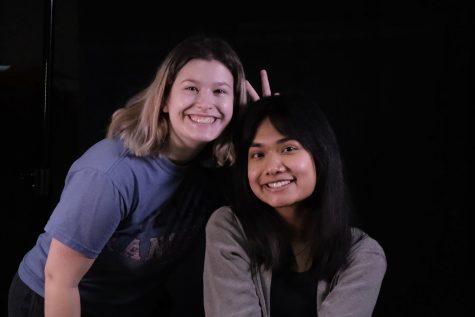
Hi, my name is Aayushi Chaudhary! I am the co-editor-in-chief of Westside Wired this year. I am currently a senior and this is my fourth year on Wired....


